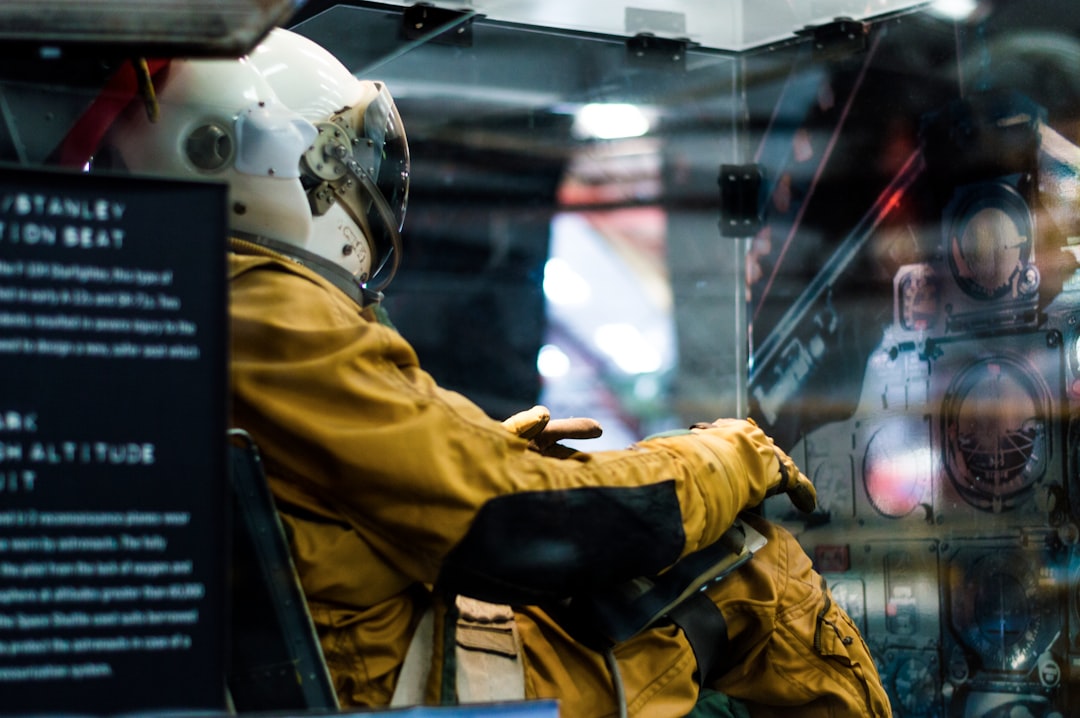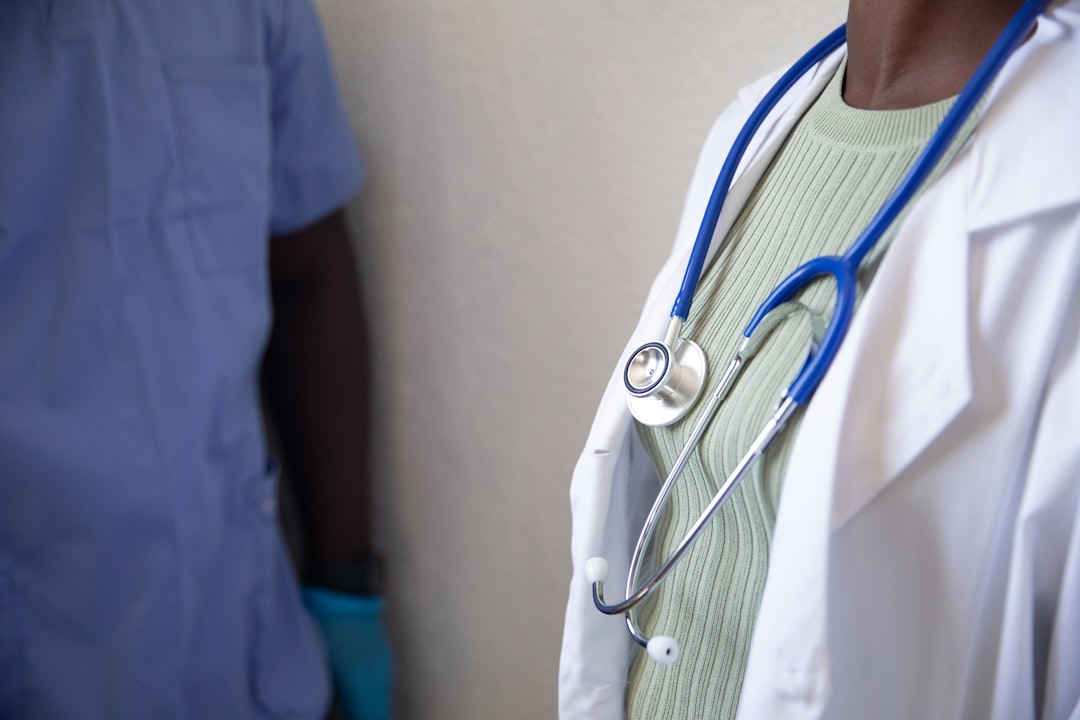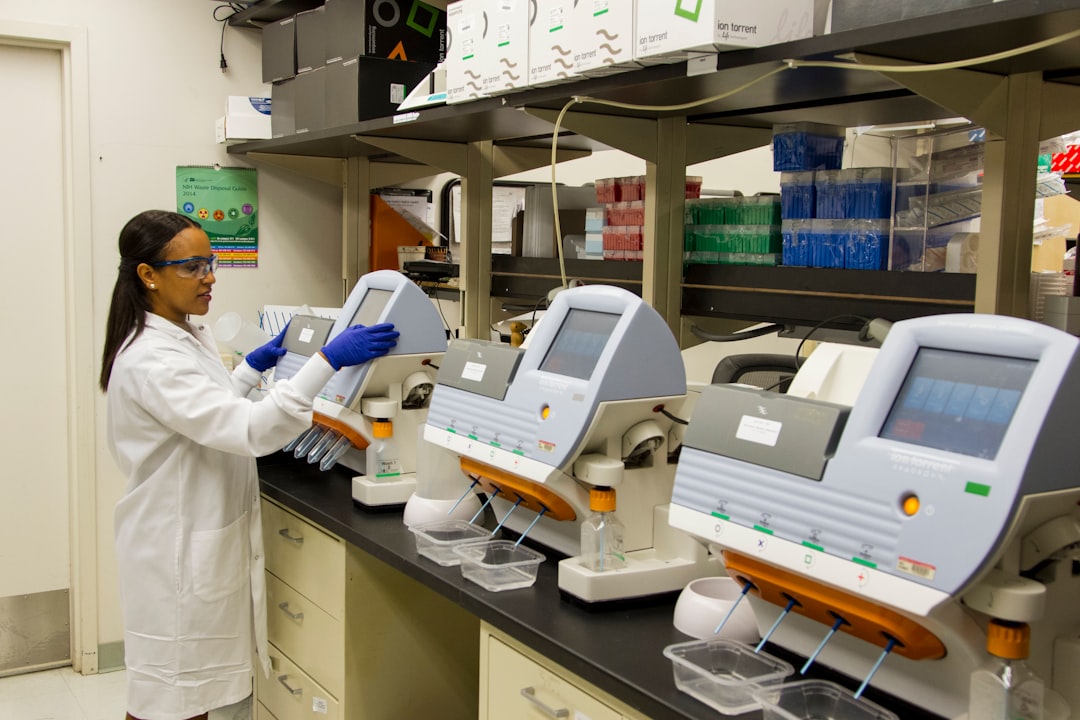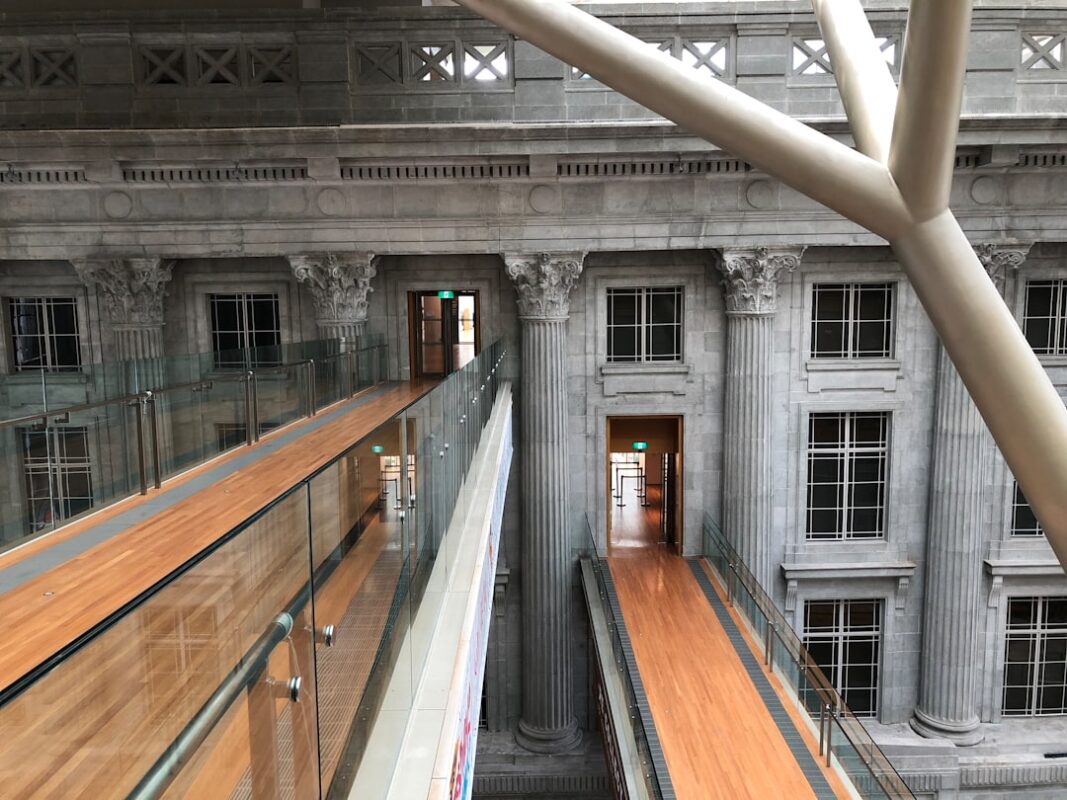Avenues Nsf And Iss National — here’s what’s new, why it matters, and what to watch next.
Exploring New Avenues: NSF and ISS National Lab Unveil Funding for Space-Based Physical Science Research
At a Glance
The National Science Foundation (NSF) and the ISS National Laboratory have launched their 11th annual funding opportunity aimed at advancing physical science research aboard the International Space Station (ISS). This initiative not only supports groundbreaking scientific inquiries but also includes the selection of six new projects focused on tissue engineering and transport phenomena, promising to enhance our understanding of biological processes in microgravity.
Background & Timeline
The ISS has long served as a crucial platform for scientific research, allowing scientists to conduct experiments in the unique environment of space. Established in 1998, the ISS has facilitated a myriad of studies across various disciplines, including biology, human physiology, and materials science.
The NSF’s collaboration with the ISS National Lab began in earnest several years ago, aiming to foster research that leverages the microgravity environment of the ISS. This year marks the 11th annual call for proposals, reflecting a sustained commitment to expanding the frontiers of knowledge in physical sciences.
The new funding opportunity was announced on September 30, 2025, and opens the floor for researchers from across the United States to submit their proposals for innovative projects that utilize the ISS as a research laboratory. The deadline for proposals typically falls in early 2026, allowing ample time for scientists to draft their submissions.
What’s New
The recent announcement encompasses two significant components:
1. Funding Opportunity for Physical Science Research: Researchers are invited to propose studies that will advance our understanding of physical phenomena in microgravity. This year’s focus is particularly on projects that can lead to practical applications on Earth and in space.
2. New Projects in Tissue Engineering and Transport Phenomena: Six projects selected from previous NSF/CASIS joint solicitations have been approved to proceed. These projects focus on understanding how biological tissues behave in microgravity, which could have vast implications for medical science and regenerative medicine.
Among these projects, researchers aim to explore cellular behavior and tissue growth under the unique conditions experienced aboard the ISS. Insights gained could lead to advances in medical treatments and technologies that would be invaluable both in space missions and for healthcare on Earth.
Why It Matters
The significance of this funding opportunity extends far beyond the realm of scientific inquiry; it represents a strategic investment in the future of space exploration and technology development. By facilitating research aboard the ISS, the NSF and ISS National Lab aim to promote:
- Innovative Solutions: Research conducted in microgravity can lead to breakthroughs not achievable on Earth. For instance, studying fluid dynamics or material properties in space can inform advancements in various industries, including aerospace and pharmaceuticals.
- Healthcare Advancements: The projects focusing on tissue engineering could pave the way for new therapies and medical technologies. Understanding how cells and tissues behave in space can lead to improved methods for treating injuries and diseases back on Earth.
- Education and Workforce Development: Engaging the next generation of scientists and engineers is vital. Through this funding opportunity, educational institutions can involve students in cutting-edge research, fostering a skilled workforce ready to tackle future challenges.
- Research Trends: The types of projects that receive funding and their potential implications will reveal the current priorities in space-based research.
- Collaborations: The intersection of academia and industry may yield innovative partnerships that could enhance research outcomes and technology development.
- Results from Ongoing Projects: The outcomes from the six newly approved projects will be pivotal in demonstrating the efficacy of microgravity research in advancing scientific knowledge.
What to Watch Next
As the proposal submission deadline approaches, the scientific community will be keenly observing:
FAQ
Q1: Who can apply for the NSF funding opportunity?
A1: The funding opportunity is open to researchers affiliated with U.S. institutions, including universities, colleges, and research organizations.
Q2: What types of projects are eligible for funding?
A2: The focus is on physical science research that can utilize the ISS for experiments, particularly in areas like fluid dynamics, material science, and tissue engineering.
Q3: When is the proposal submission deadline?
A3: While the official deadline is yet to be announced, it is typically set for early 2026 following the funding announcement.
Q4: What are the anticipated outcomes of the funded research?
A4: Researchers hope to gain insights that can lead to practical applications both in space and on Earth, particularly in healthcare and technology.
Q5: How does this funding opportunity support education?
A5: By involving students in space-based research projects, the program fosters interest in science, technology, engineering, and mathematics (STEM) fields and prepares future leaders in these areas.
Q6: What is the role of the ISS National Lab in this initiative?
A6: The ISS National Lab serves as a facilitator for research aboard the ISS, coordinating projects and ensuring that the unique microgravity environment is effectively utilized for scientific exploration.
Conclusion
The announcement of the 11th annual funding opportunity by the NSF and the ISS National Lab signals a continued commitment to leveraging the unique environment of the ISS for scientific advancement. As proposals are prepared and the selected projects unfold, the scientific community and the public alike will be watching closely to see how these endeavors contribute to our understanding of physical sciences and health, ultimately benefiting life on Earth and beyond.
—
Sources & Credits: Reporting synthesized from multiple reputable outlets and official releases.
Read our related coverage for more on Avenues Nsf And Iss National.
For context and confirmations, see reputable wires like Reuters or AP News.
Source: Original Source. Reporting synthesized from multiple reputable outlets and official releases.
For deeper analysis on Avenues Nsf And Iss National, explore more reports and explainers on Insurance Rate Expert.













